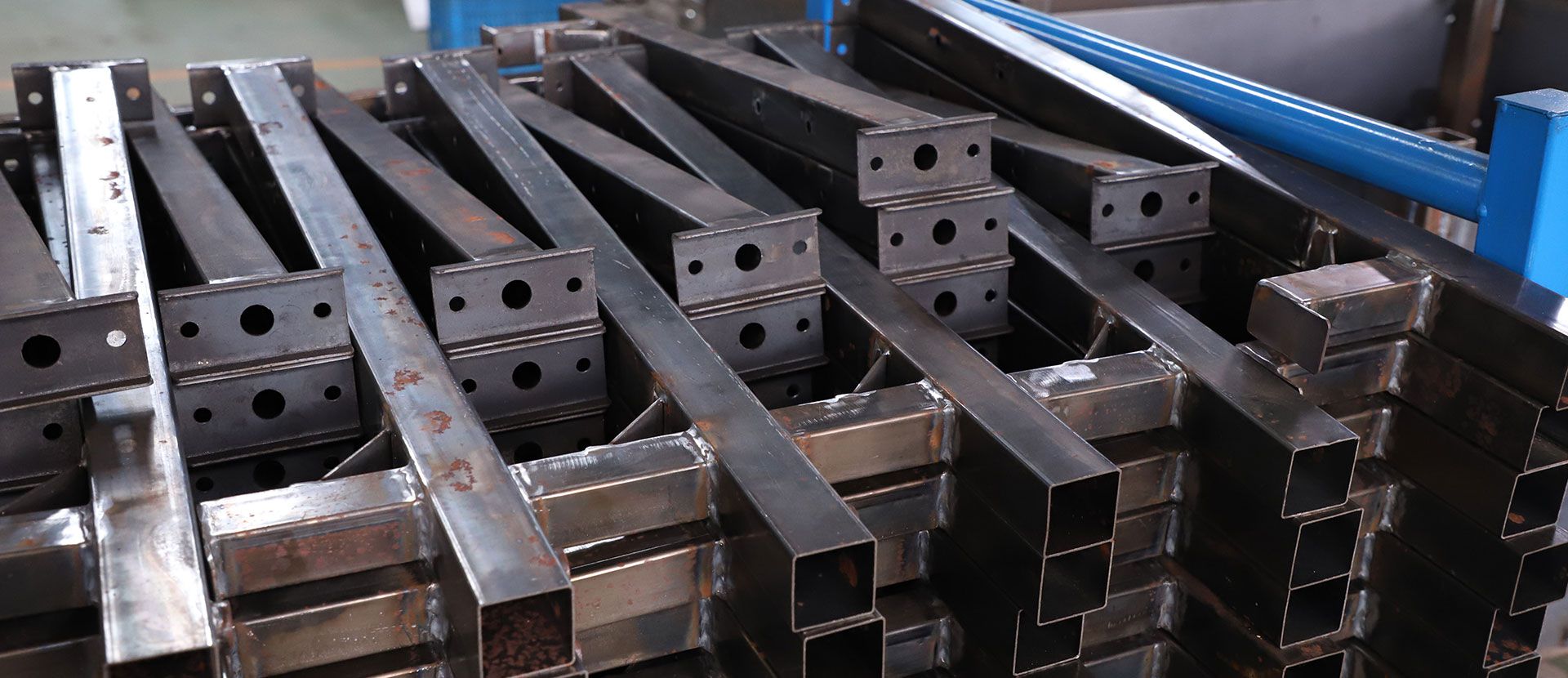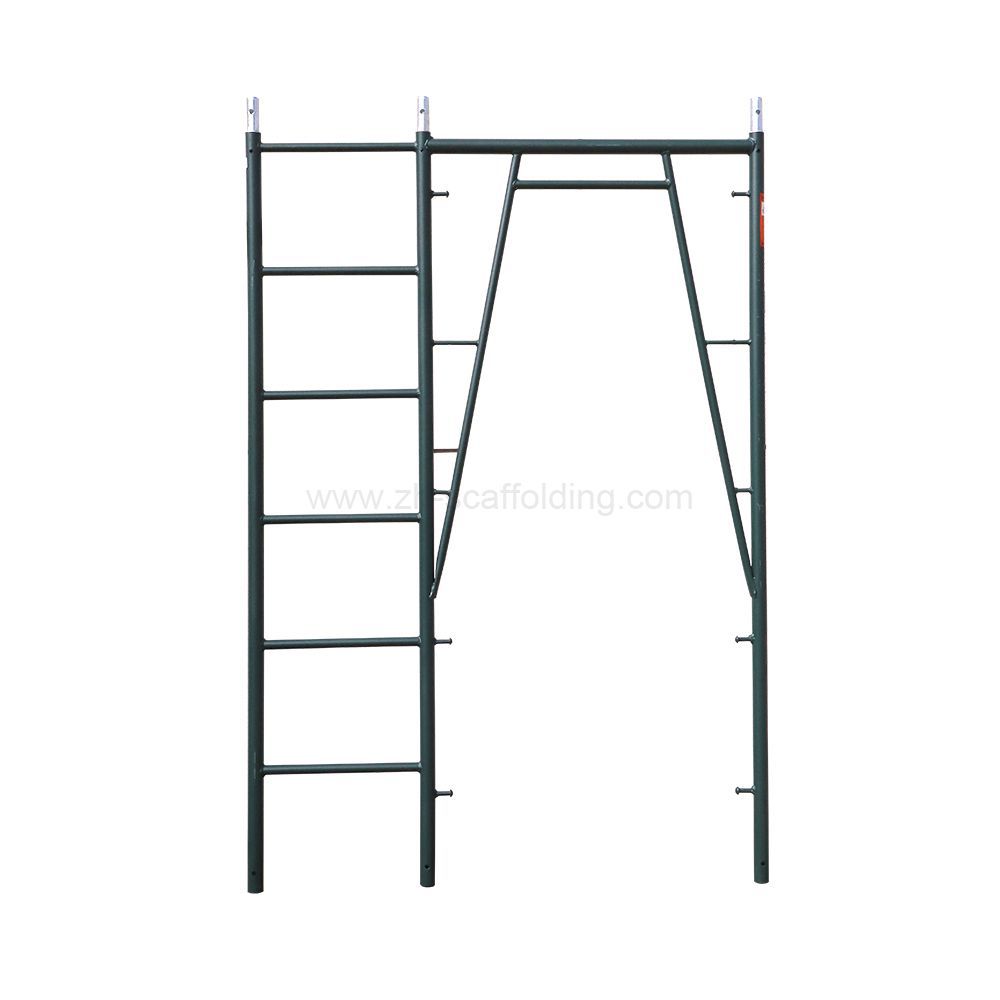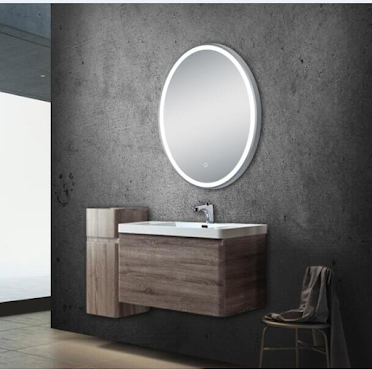Why Leading Contractors Prefer System Scaffolding Over Frame and Brace?
The right choice of scaffolding type cuts costs by being fast to erect and dismantle while minimizing your fleet overhead by being multi-functional. But how do you identify the right choice? To answer that, we compare two of the most common types – frame and brace and system scaffolding.
We consider four aspects of scaffolding and which projects each type of scaffolding is best suited for, ultimately exploring why system scaffolding is becoming the preferred choice of leading contractors.
A recap: Frame and brace and system scaffolding
Frame and brace
Frame and brace, also known as sectional scaffolding, is common on residential projects and many commercial job sites in North America and parts of Europe. Composed of metal tubing, it has a square frame configuration with cross braces running along every bay.
While relatively simple, frame and brace excels at being fast to plan and erect when it is used in straightforward applications like pedestrian overhead protection and façade access.
System scaffolding
System scaffolding, also known as modular scaffolding, utilizes vertical, horizontal, and diagonal posts and tubes to create flexible scaffolding to suit many types of projects. Styles of system scaffolding include ring- or pin-lock, cup-lock, and Kwikstage, as well as proprietary types like HAKI, Safway Systems, Turner OCTO, and more.
Though slightly slower to erect piece-for-piece than frame and brace scaffolding, system scaffolding has an exceptional balance of flexibility and ease of use that drives its steadily increasing market share.
Four ways system scaffolding beats frame and brace
Greater accessibility for congested areas
System scaffolding can be used for large projects and is highly efficient in congested spaces with obstacles. Frame and brace is common in fixed rectangular bays and present difficulties when positioning around obstacles and in confined spaces.
System scaffolding is apt for reaching odd-shaped or circular structures such as domes and power plant interiors. Ringlock scaffolding for example, is a suitable solution for curved surfaces.
System scaffolding is also the superior choice for hanging scaffolds from rooftops, pipe racks, bridges, and other elevated areas, in many cases providing a much more cost-effective means of access versus building up from the ground.
Easier storage and transporting
While easy enough to stack on a truck or in the yard, with frame and brace, you must account for the bulky frames when planning efficient storage or carry-in of equipment to indoor spaces. In contrast, system scaffolding consists of linear tubes and smaller accessories, enabling flexible truck loading and greater ease of material handling when scaffolds are erected far from the nearest delivery gate or drop-off point.
Specialized components for improved safety
Each system scaffolding style has specific components designed to improve safety. These are specialized accessories like integrated or locking toeboards, deck liftoff preventers, secure guardrail standards (also known as “crazy legs”). One example is the Ringlock system. A single rosette sits at the core of all its components. With a rosette every 500 mm (19.5”), workers have a tie-off point almost anywhere they need one.
Effective for rigging and shoring
System scaffolding is more versatile for two types of activities that access contractors consult on – rigging and shoring.
Rigging is mainly to push, hoist, lift, or pull objects in construction sites. System scaffolding plays an important role in providing custom rigging solutions for swing stages and other suspended access. Ringlock and Cuplock, for example, are two common system scaffolding types in rigging for suspended scaffolds. Ringlock is also useful for crane lifting with adaptations to base jack retention and coupling pins.
System scaffolding is popular for shoring as it is can create a wide range of shoring solutions supporting significant loads.



评论
发表评论